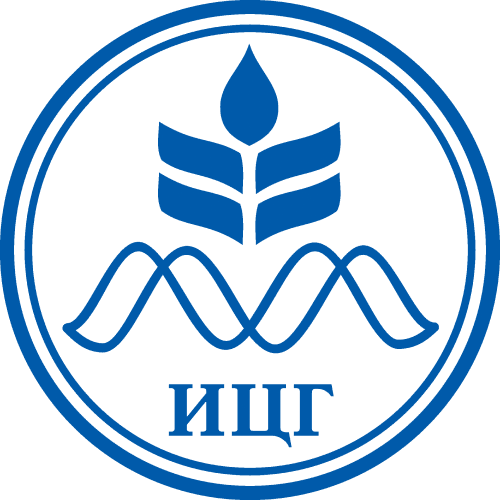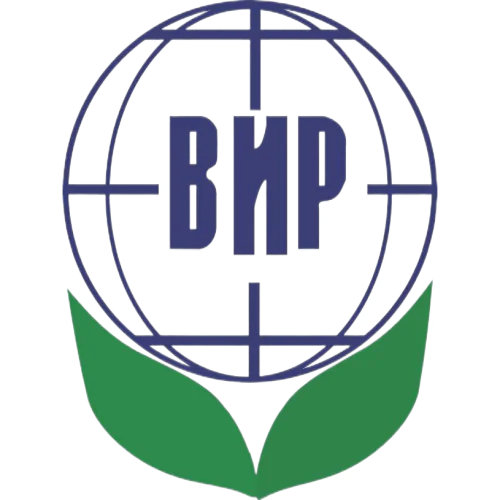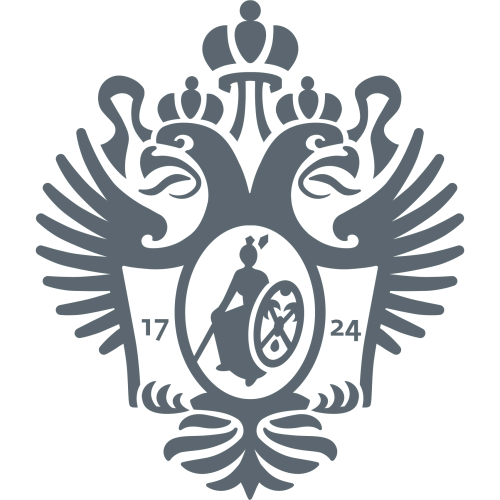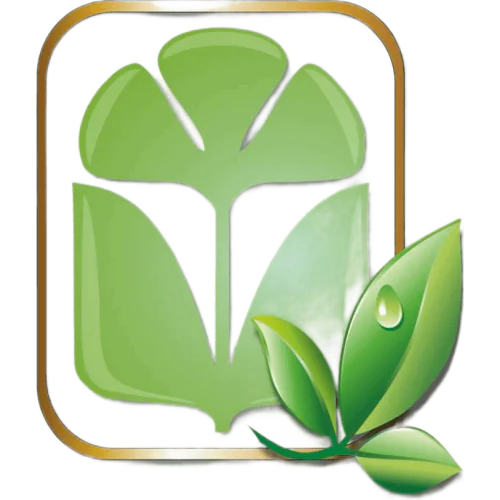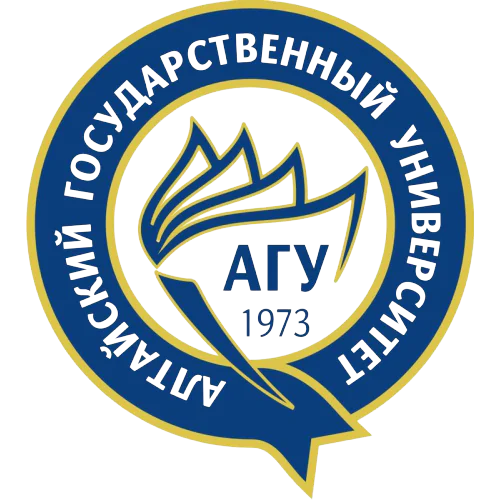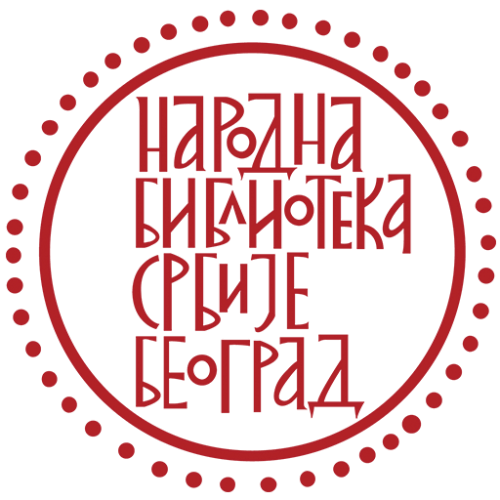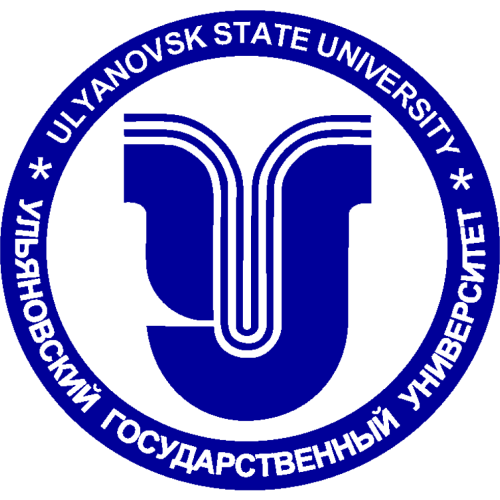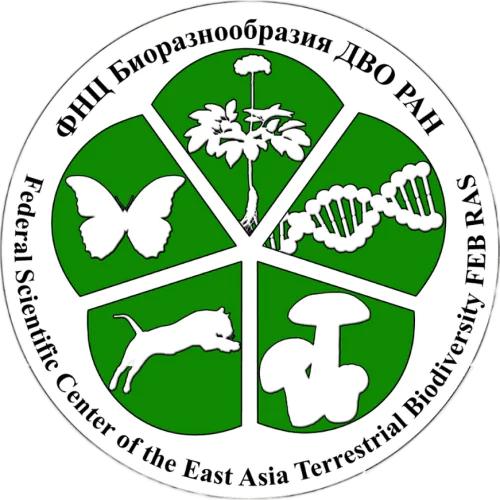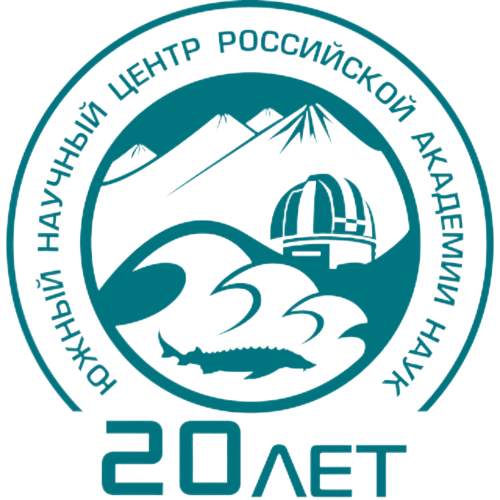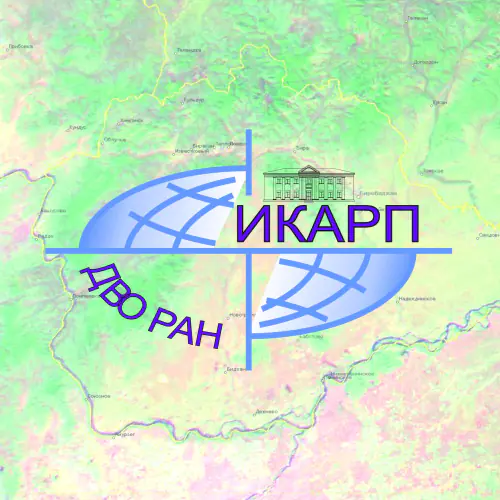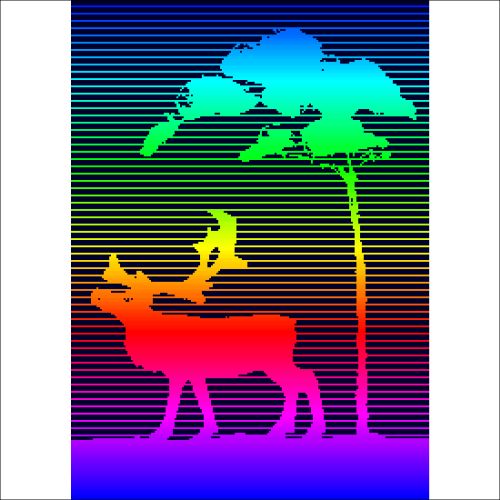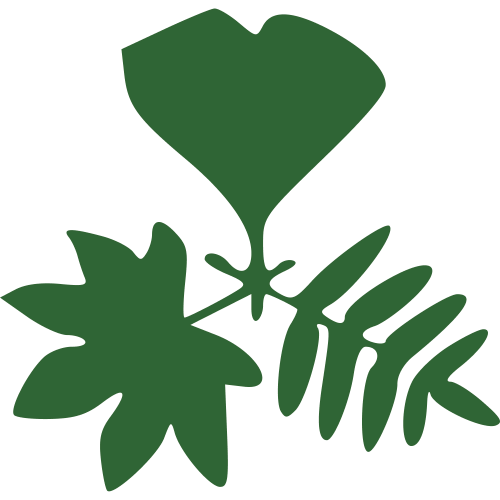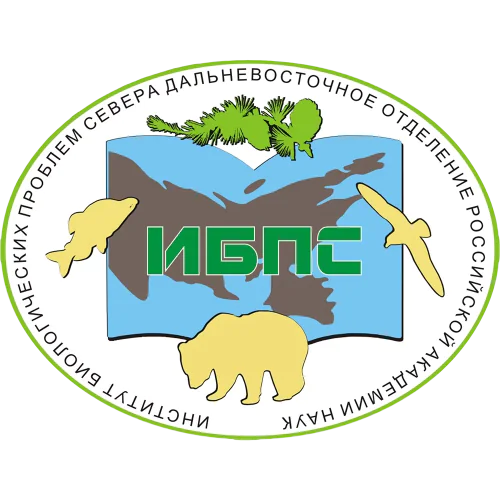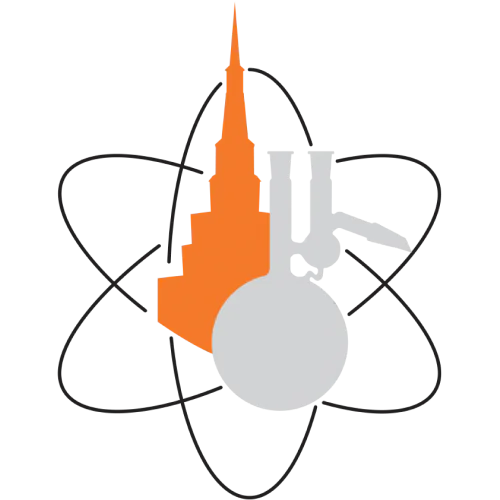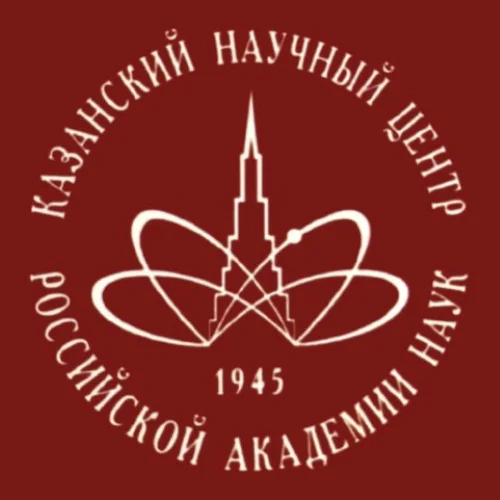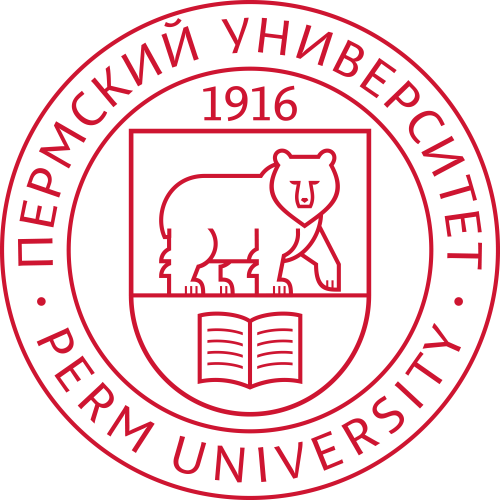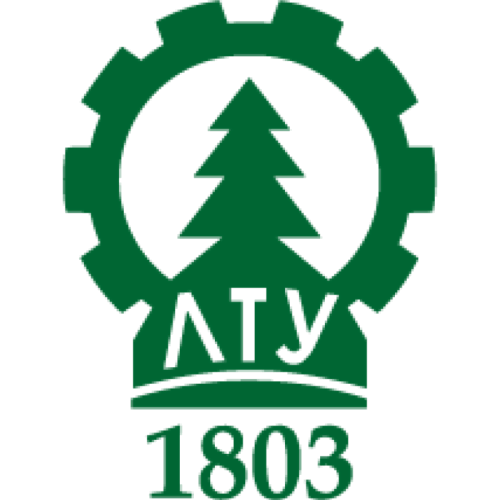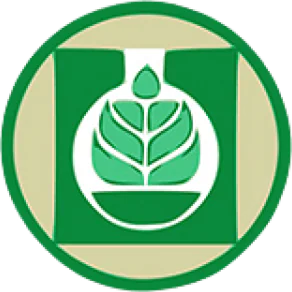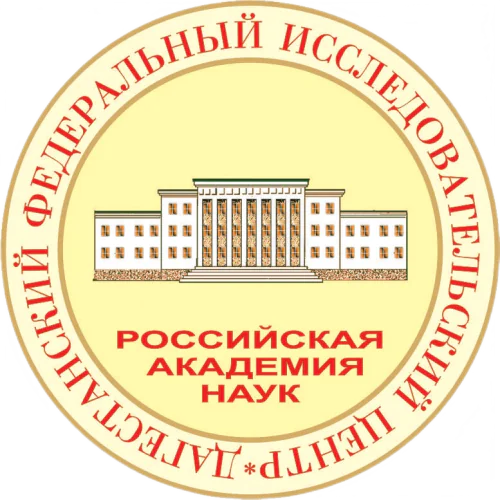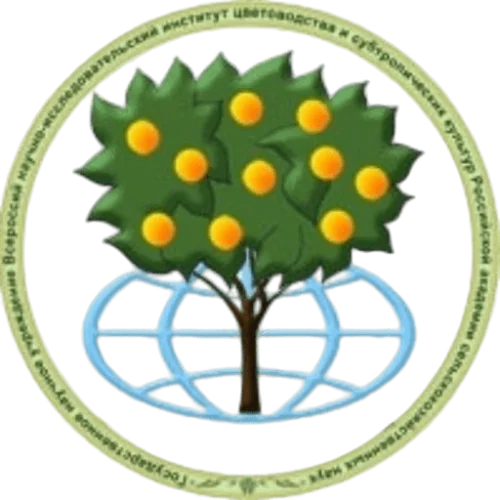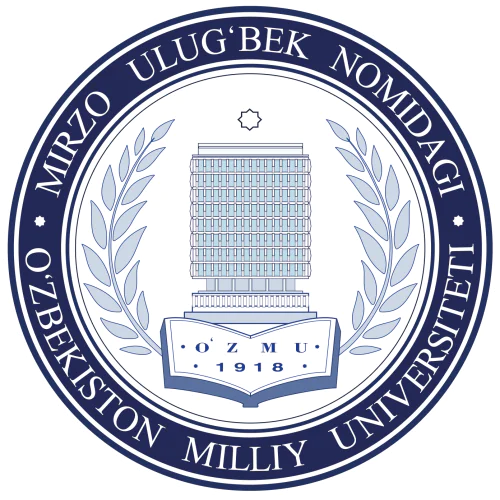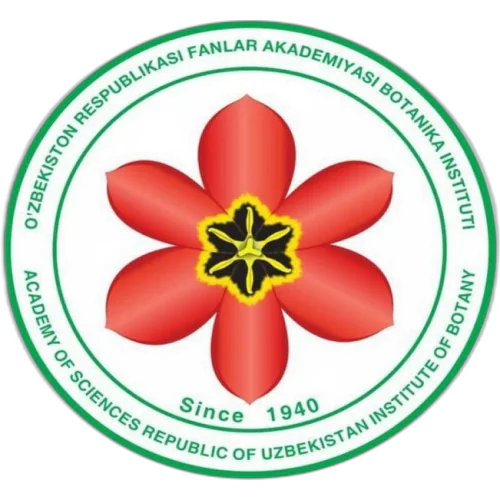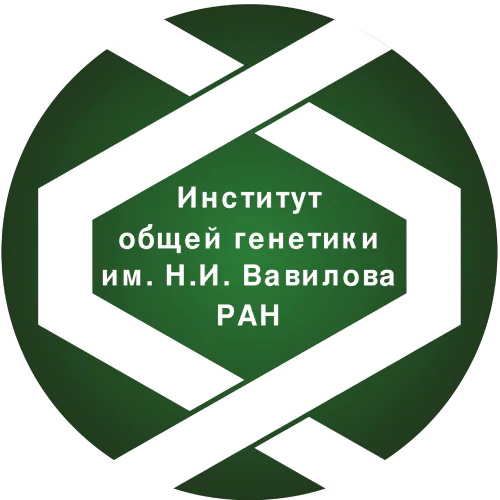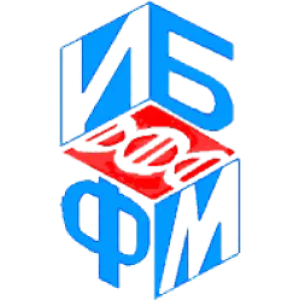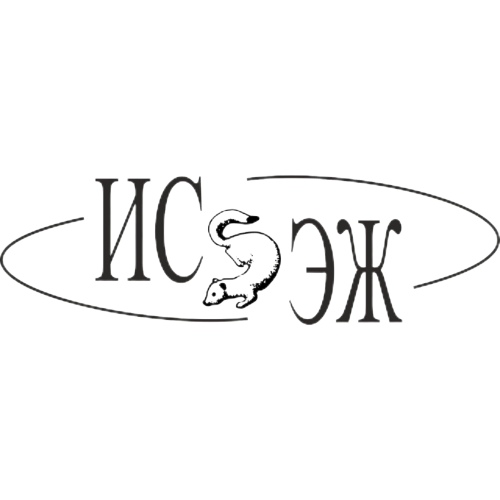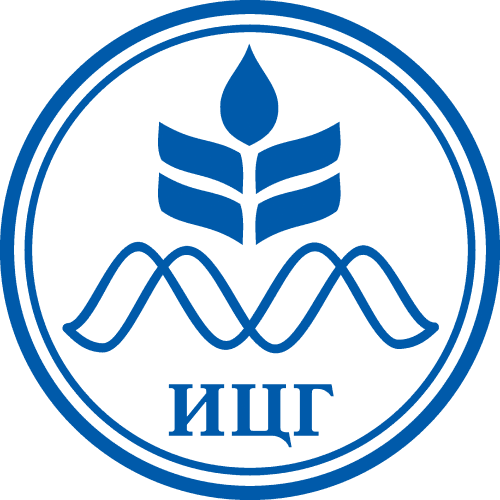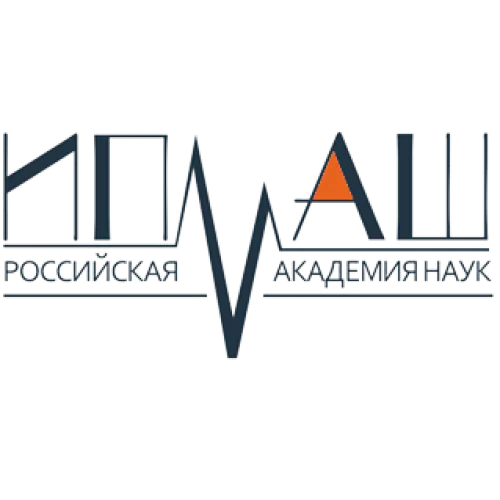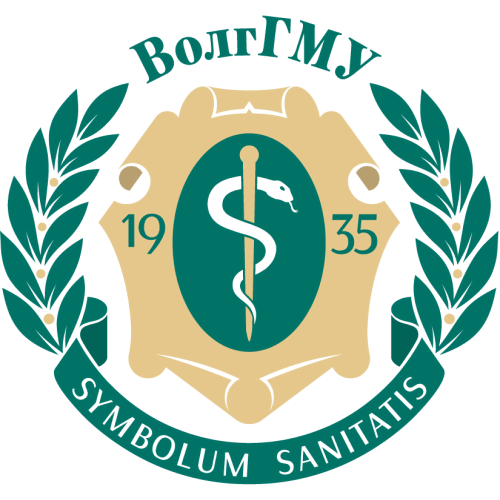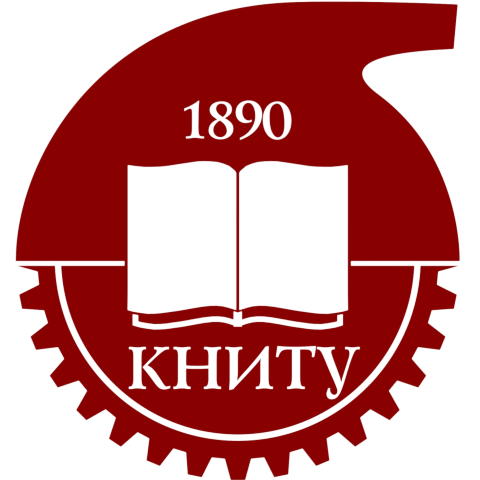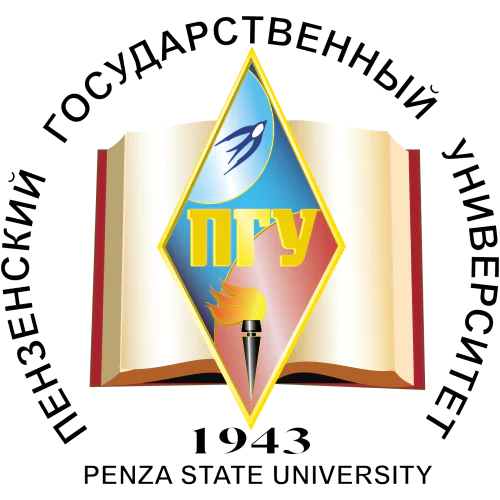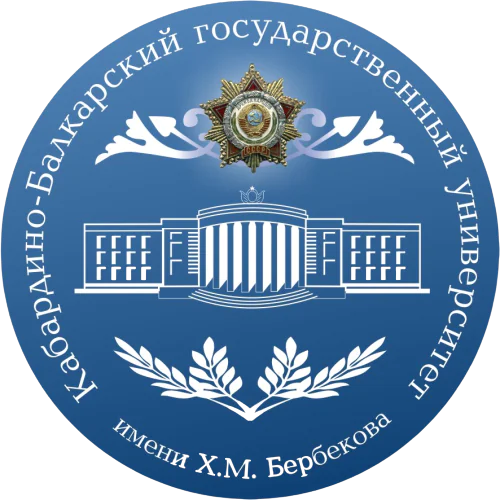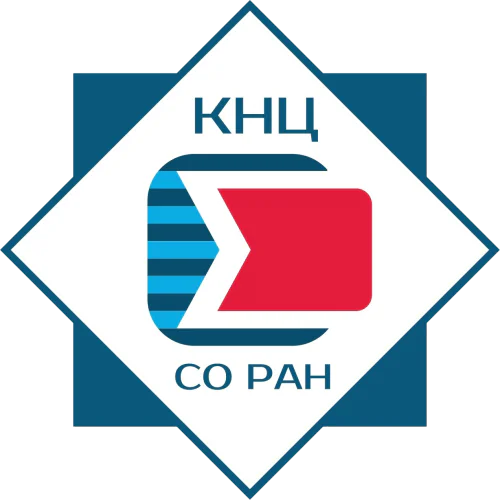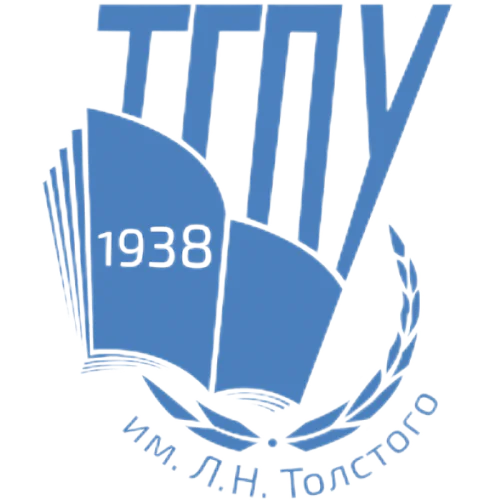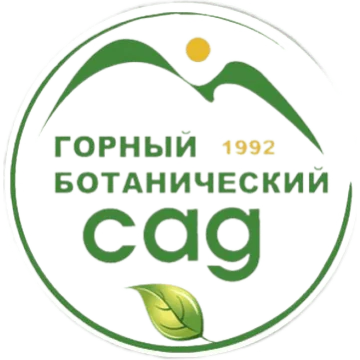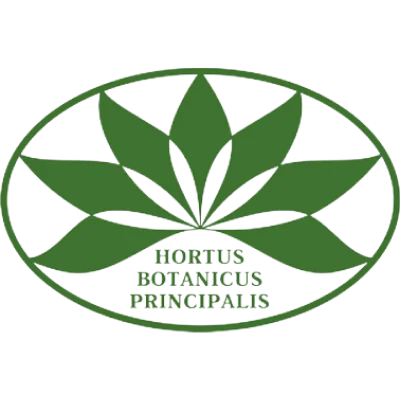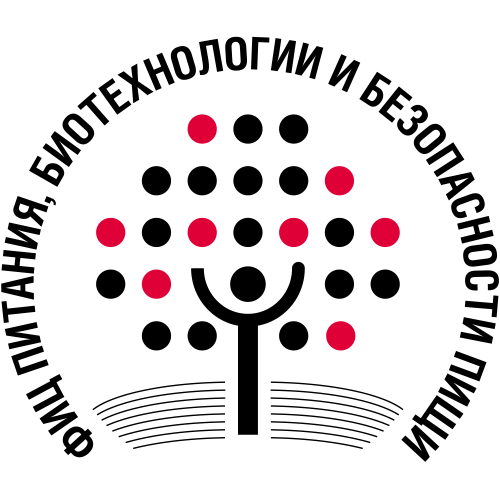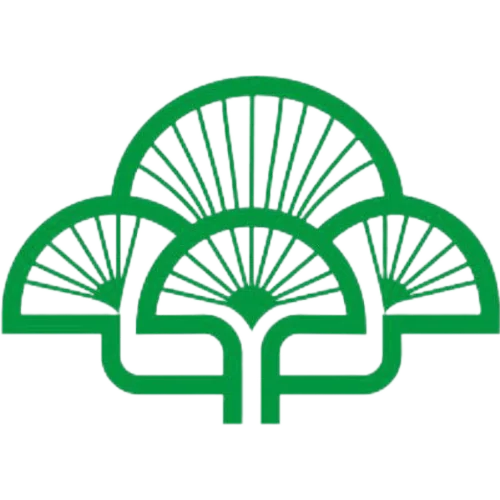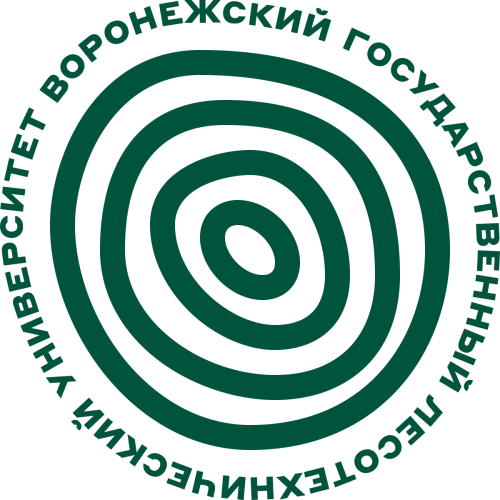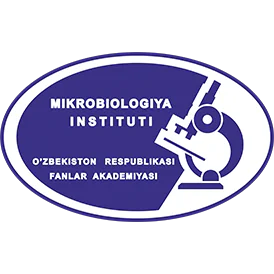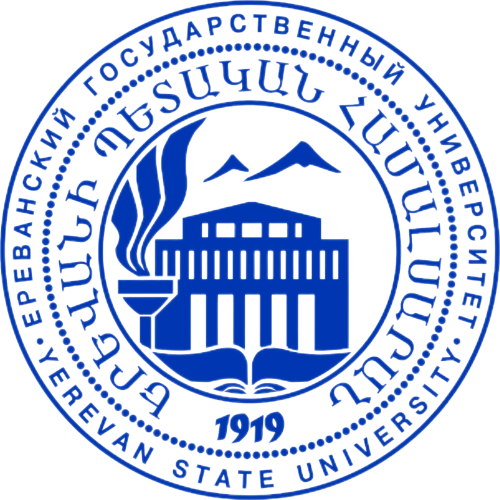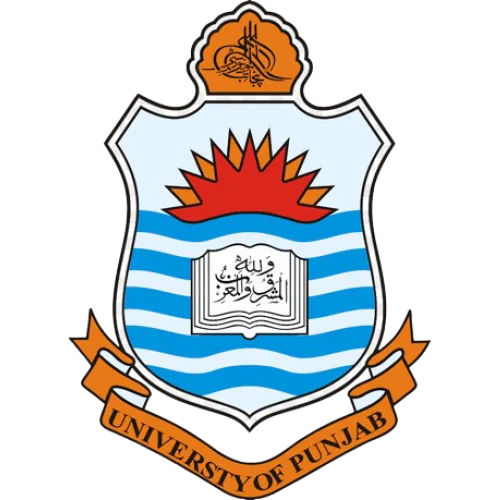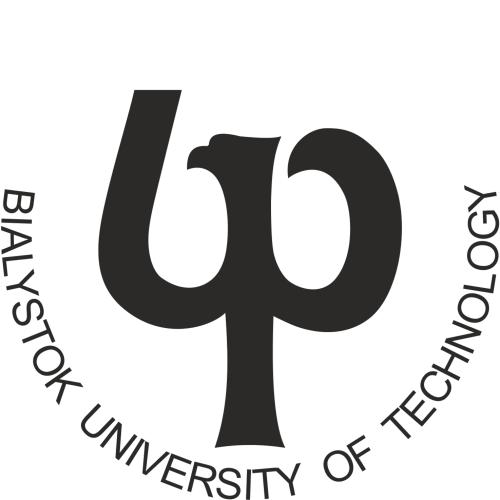Вы ученый?
Создайте профиль, чтобы получать персональные рекомендации коллег, конференций и новых статей.
SCImago
Q4
БС
БС2
Включен в RSCI
SJR
0.194
CiteScore
1.0
Предметные категории
Ecology
Ecology, Evolution, Behavior and Systematics
Plant Science
Предметные области
Agricultural and Biological Sciences
Environmental Science
Годы выпуска
1996-2024
Варианты названий
Mikologiya I Fitopatologiya
Публикаций
286
Цитирований
399
Индекс Хирша
7
Публикаций
222
Цитирований
398
Топ-3 цитирующих журналов

Mikologiya I Fitopatologiya
(84 цитирования)

Novosti Sistematiki Nizshikh Rastenii
(31 цитирование)

Eurasian Soil Science
(19 цитирований)
Топ-3 организаций

Ботанический институт им. В.Л. Комарова РАН
(24 публикации)

Московский государственный университет имени М.В. Ломоносова
(19 публикаций)

Институт экологии растений и животных УрО РАН
(10 публикаций)

Ботанический институт им. В.Л. Комарова РАН
(24 публикации)

Московский государственный университет имени М.В. Ломоносова
(19 публикаций)

Институт экологии растений и животных УрО РАН
(10 публикаций)
Топ-3 стран
Топ-3 учёных по количеству статей
Наиболее цитируемые за 5 лет
Найдено
Ничего не найдено, попробуйте изменить настройки фильтра.
Найдено
Ничего не найдено, попробуйте изменить настройки фильтра.
Топ-100
Цитирующие журналы
Цитирующие издатели
Публикующиеся организации
Публикующиеся организации за 5 лет
Публикующиеся страны
|
10
20
30
40
50
60
70
80
|
|
|
Россия
|
Россия, 80, 27.97%
Россия
80 публикаций, 27.97%
|
|
Узбекистан
|
Узбекистан, 3, 1.05%
Узбекистан
3 публикации, 1.05%
|
|
Германия
|
Германия, 2, 0.7%
Германия
2 публикации, 0.7%
|
|
Казахстан
|
Казахстан, 2, 0.7%
Казахстан
2 публикации, 0.7%
|
|
Беларусь
|
Беларусь, 2, 0.7%
Беларусь
2 публикации, 0.7%
|
|
Италия
|
Италия, 2, 0.7%
Италия
2 публикации, 0.7%
|
|
Чехия
|
Чехия, 2, 0.7%
Чехия
2 публикации, 0.7%
|
|
Армения
|
Армения, 1, 0.35%
Армения
1 публикация, 0.35%
|
|
Пакистан
|
Пакистан, 1, 0.35%
Пакистан
1 публикация, 0.35%
|
|
Польша
|
Польша, 1, 0.35%
Польша
1 публикация, 0.35%
|
|
Республика Корея
|
Республика Корея, 1, 0.35%
Республика Корея
1 публикация, 0.35%
|
|
Уганда
|
Уганда, 1, 0.35%
Уганда
1 публикация, 0.35%
|
|
Япония
|
Япония, 1, 0.35%
Япония
1 публикация, 0.35%
|
|
10
20
30
40
50
60
70
80
|
Публикующиеся страны за 5 лет
|
10
20
30
40
50
60
70
80
|
|
|
Россия
|
Россия, 80, 36.04%
Россия
80 публикаций, 36.04%
|
|
Узбекистан
|
Узбекистан, 3, 1.35%
Узбекистан
3 публикации, 1.35%
|
|
Германия
|
Германия, 2, 0.9%
Германия
2 публикации, 0.9%
|
|
Казахстан
|
Казахстан, 2, 0.9%
Казахстан
2 публикации, 0.9%
|
|
Беларусь
|
Беларусь, 2, 0.9%
Беларусь
2 публикации, 0.9%
|
|
Италия
|
Италия, 2, 0.9%
Италия
2 публикации, 0.9%
|
|
Чехия
|
Чехия, 2, 0.9%
Чехия
2 публикации, 0.9%
|
|
Армения
|
Армения, 1, 0.45%
Армения
1 публикация, 0.45%
|
|
Пакистан
|
Пакистан, 1, 0.45%
Пакистан
1 публикация, 0.45%
|
|
Польша
|
Польша, 1, 0.45%
Польша
1 публикация, 0.45%
|
|
Республика Корея
|
Республика Корея, 1, 0.45%
Республика Корея
1 публикация, 0.45%
|
|
Уганда
|
Уганда, 1, 0.45%
Уганда
1 публикация, 0.45%
|
|
Япония
|
Япония, 1, 0.45%
Япония
1 публикация, 0.45%
|
|
10
20
30
40
50
60
70
80
|
5 публикаций в журнале

Никитин Дмитрий
56 публикаций,
561 цитирование
Индекс Хирша: 14
4 публикации в журнале

Кокаева Людмила
27 публикаций,
170 цитирований
Индекс Хирша: 8






